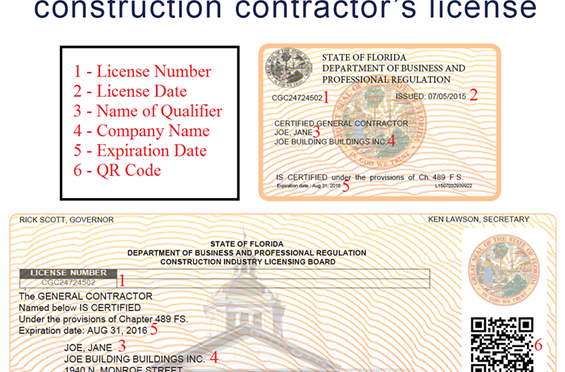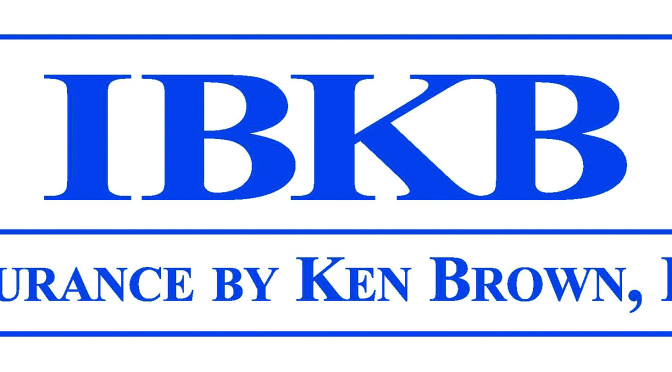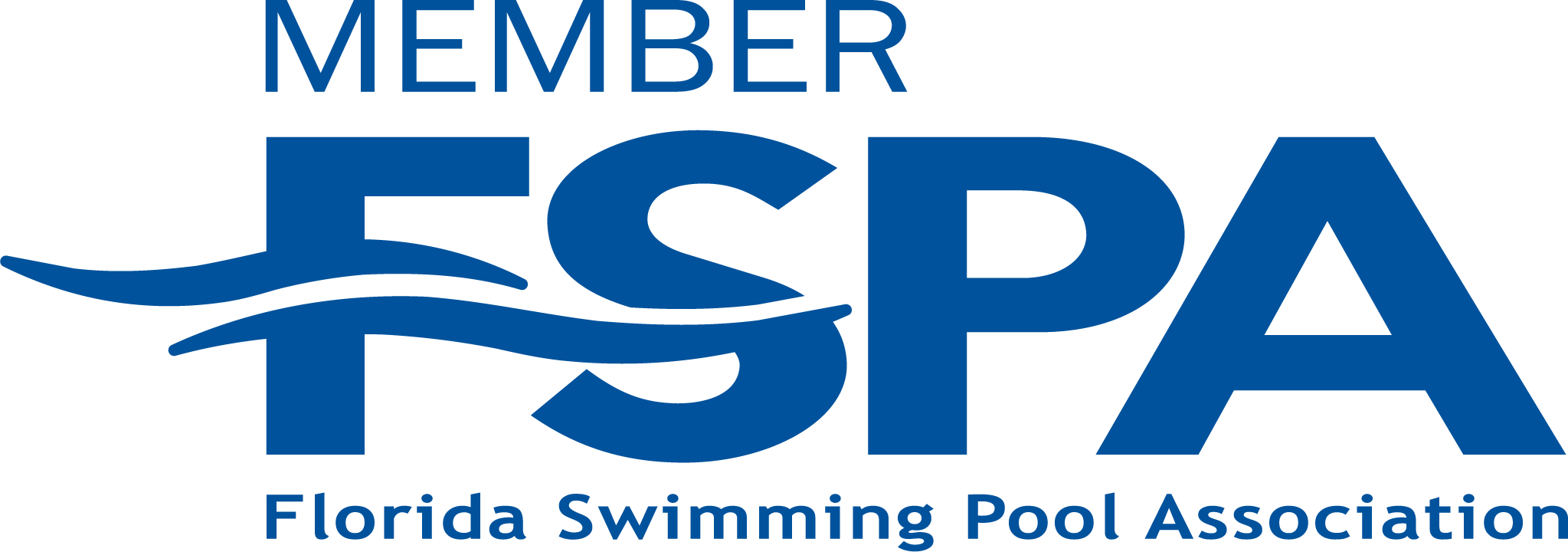By Brett Holland, Treasure Pools / brett@treasurepoolsfl.com
It is 2018 and the demand for ozone is continuing to rise for residential swimming pools. Consumers and industry professionals are both becoming more aware of the downsides of traditional sanitizers, such as salt chlorine generators, liquid chlorine and stand-alone tablet feeders.
Ozone was first discovered 170 years ago, and then in 1937 the first ozone system was introduced into a commercial pool in the United States. Since then, ozone has been mandated for use of all Olympic training and competition swimming pools, due to its disinfection and oxidation capabilities. Ozone can change the molecular structure of organic and inorganic compounds, destroy them completely, and allow them to be easily removed from the water by the pool filter. These compounds (sweat, urine, body oils, lotion, saliva, etc.) are what causes red/irritated eyes when combined with chlorine. Traditional sanitizers, such as salt systems are not an effective alternative if you wish to eliminate these chlorine by-products also known as chloramines.
Unfortunately, there is little to no knowledge by most industry professionals when it comes to sizing a proper ozone system. Due to this, there has not been much success (unless you know how to properly size one). Ozone is often presented as a cure-all, however typically undersized. Whether you are a builder or a service professional that would like to offer your customers the cleanest, clearest water available in today’s industry, there are a few factors in sizing your ozone system I suggest you consider.
The three big factors for an ozone system are: The output of the generator (Grams per hour/gph), contact tank, and oxygen concentrator. I am going to provide you with a formula on the gph needed for your project at the end of this article. Most common ozone systems produce (.5 gph-1.12 gph) and do not have a contact tank. Some units have a mixing vessel which has minimal contact time, 20 seconds at best. The most common size contact tanks I use are between 30-40 gallons and on average provide 4-7 minutes of contact time. Oxygen concentrators are imperative here in Florida due to the moisture in the air. They are important with corona discharge systems because without them you will have nitric acid build up within the unit. This happens when moisture from the air (unfiltered ambient air) is struck with the electrical arc from the corona discharge. This will cause premature failure of the ozone generator and require frequent unnecessary maintenance.
Ozone dosage rates: Rates will vary from 0.1 – 0.5 ppm based on conditions such as: water temperature, indoor/outdoor pool or spa, covered or uncovered, bather load, filtration type and chemical-use reduction. I recommend using 0.5 ppm due to most Florida pools being uncovered and having a high water temperature.
Calculating the water shape’s flow rate: Volume/360 minutes (six-hour turnover) = full flow gpm.
Example: 15,000/360 minutes= 41.7gpm
Ozone Output required, gph (grams per hour)
*Note that 0.228 is a multiplier used to calculate pounds per day of ozone to gph. This is a fixed value.
Example: 0.5ppm ozone x 41.7 gpm x .0.228 = 4.75 ozone gph
Calculating the ozone loop flow rate: The ozone loop flow rate will range from 15 – 30% of the full flow gpm, 20% is typical.
Example: 41.7 gpm x 20%= 8.34 gpm
Calculating the contact time divide the volume of the tank by the SS flow rate:
Example: 30 gallon tank/8.34 gpm= 3.59 minutes
*Calculating the CT value (concentration multiplied by Time) is based on the SS flow rate.
As you can see on a standard 15×30 pool here in Florida, there is approximately 4 gph needed of ozone. If the goal in your project is to get a maximum chemical reduction, a unit that produces between 0.5 – 1.12 gph will not meet your required ozone output.
I hope this article helps you when sizing your next ozone system. If you have any questions please feel free to email me, and I will be happy to assist you with your project.
References:
1. Marc Debrum, “Ozone is Not Just for Residential Potable Water Treatment”, 2010
2. Marc Debrum, “The Ultimate Swimming Experience”, 2014








